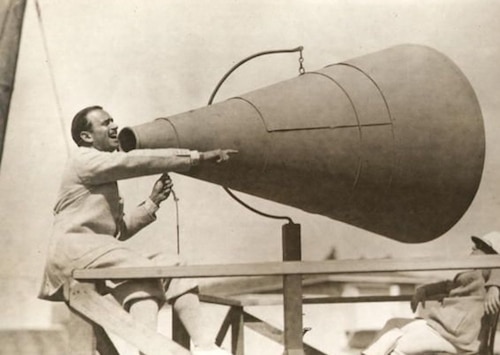
A day after Joe Biden’s inauguration, the headline in Axios read: “Trust in media hits a new low.” Felix Salmon wrote that “for the first time ever, fewer than half of all Americans have trust in traditional media.” The Edelman survey showed overall faith in the press dropping to 46%.
The traditional explanation for this phenomenon is that Republicans hate the press a lot, but Democrats just a little. The Axios story bore this out somewhat, as only 18% of Republicans reported trusting media, versus 57% of Democrats.
Still, 57% of half your potential audience is nothing to brag about, when you’re in the trust business. Other numbers, like 56% of respondents believing journalists are “purposely trying to mislead people,” or 58% thinking that “most news organizations are more concerned with supporting an ideology… than with informing the public” are more ominous.
Media critics who work in the corporate press, like Margaret Sullivan of the Washington Post, seem determined to look everywhere but inward for solutions. The dominant legend in our business is that if Republicans believe in fairy tales like Q and “Stop the Steal,” the traditional press can do nothing but stand its ground.
Sullivan’s reaction to at-times “embarrassing” Inauguration Day coverage was an injunction to reporters to resist the temptation to try to appear more balanced by showing “toughness” with regard to the incoming Biden regime. If anything, Sullivan said, the press should stand even taller in its opposition to red-state lie merchants like Josh Hawley and Ted Cruz, “without fearing that they’d be called partisan.”
Karen Attiah, the Post’s global opinions editor, took the same approach. She wrote that Trump had been caused in part by the media’s penchant for “balance” and “presenting both sides.” Going forward, it will therefore be necessary to work even harder avoid missteps like Politico’s much-criticized decision to publish Ben Shapiro, which Attiah decried as a decision defended with the “rusty armor of both-sidesism.”
It’s astonishing that after so many years of decline in trust in media — this phenomenon has been going on for over a decade now, something I first started noticing when I published The Great Derangement back in 2008 — media people still think the issue is a mathematical question of “sides,” with widespread audience revulsion a kind of reward for their unflinching correctitude.
Sullivan was a lot closer to the truth when she warned of being seduced by the return of a Biden administration that closely reflects “our values,” which she described as being like the world as represented in West Wing: celebrating “multiculturalism, a belief in the principles of liberal democracy, and a kind of wonky idealism.”
West Wing was General Hospital for rich white liberals, a seven-season love letter to the enlightened attitudes of the Bobo-in-Paradise demographic. If that’s the self-image of the national press, it’s no wonder they make people want to vomit. The coverage of Biden’s inauguration, another celebration of those attitudes, was an almost perfect mathematical inverse of late-stage Trump reporting, a monument to groveling sycophancy.
John Heileman at MSNBC compared Biden’s speech to Abe Lincoln’s second inaugural, and suggested that the sight of “the Clintons, the Bushes, and the Obamas” gathered for the event was like “the Marvel superheroes all back in one place” (this was not the first post-election Avengers comparison to be heard on cable). Rachel Maddow talked about going through “half a box of Kleenex” as she watched the proceedings. Chris Wallace on Fox said Biden’s lumbering speech was “the best inaugural address I ever heard,” John Kennedy’s “Ask Not” speech included. The joyful tone was set the night before by CNN’s David Challen, who said lights along the Washington Mall were like “extensions of Joe Biden’s arms embracing America.”
As these neo-Soviet ministrations spread across the airwaves, an opposite storyline was discarded. From the Capitol riot on, we’d been warned about a sequel act of violence by Trump supporters. On January 11th, ABC reported that an internal FBI memo had “received information about an unidentified armed group” planning a “huge uprising” if efforts were made to remove Donald Trump via the 25th Amendment, while protesters were planning to “storm” capitols in “all 50 states.”
We were shown how 25,000 National Guard troops were deployed to protect the capital, with attendant subplots about an unusual effort to politically screen those Guardsmen. “While we have no intelligence indicating an insider threat,” Defense Secretary Chris Miller said, “we are leaving no stone unturned in securing the capital.”
Beyond the 50-state threat, what if Trump just wouldn’t leave?
Read the rest of the article here.

